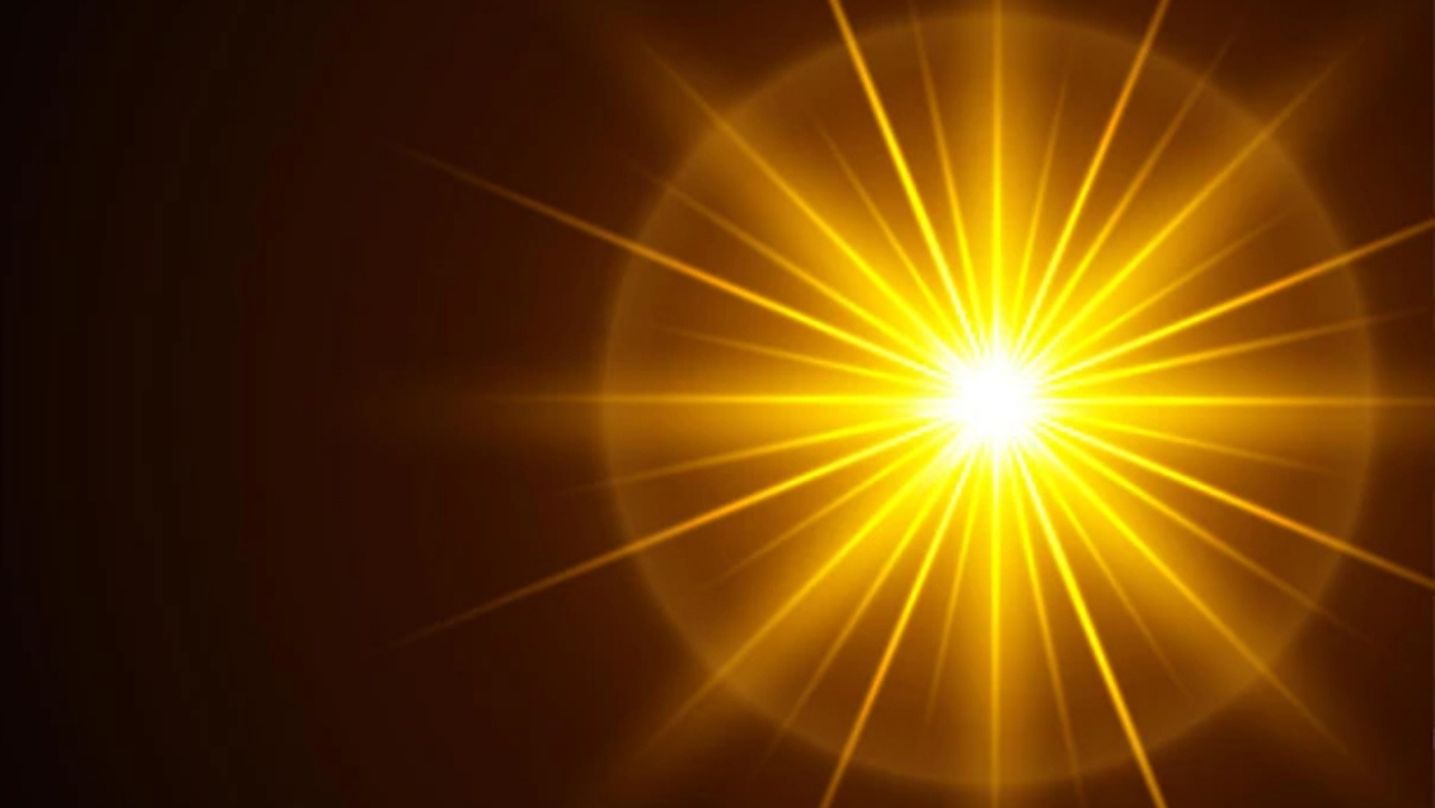
Our ancestors had a deep understanding of human nature. The sages and the saints were profound readers of the skies. They had immense knowledge about the nature of the universe and its functions. Our ancient sages understood that the sun was the source of heat, energy, and light, which sustains the life on this planet. They also knew that the sun had the primary role in regulating the circadian rhythm. Hence, the Sun was revered and worshipped by the sages and saints. The Sun, other planets and their movements were studied carefully by them.
SUN IN OUR TRADITION
The reverence for the Sun is as ancient as our Vedas. The Sun has always held a special place and eulogised (in the Vedas) as the soul of the whole universe. The Vedas, addressed Lord Surya (Sun God of Bharat) as Savitri.
A part of the verse 4.3.4.10 of Satapatha-brahmana says: sūrya ātmā jagatastasthuṣaśca. It means that Lord Surya (celebrated as) is the soul of the movable and immovable that fills both heaven and the earth.
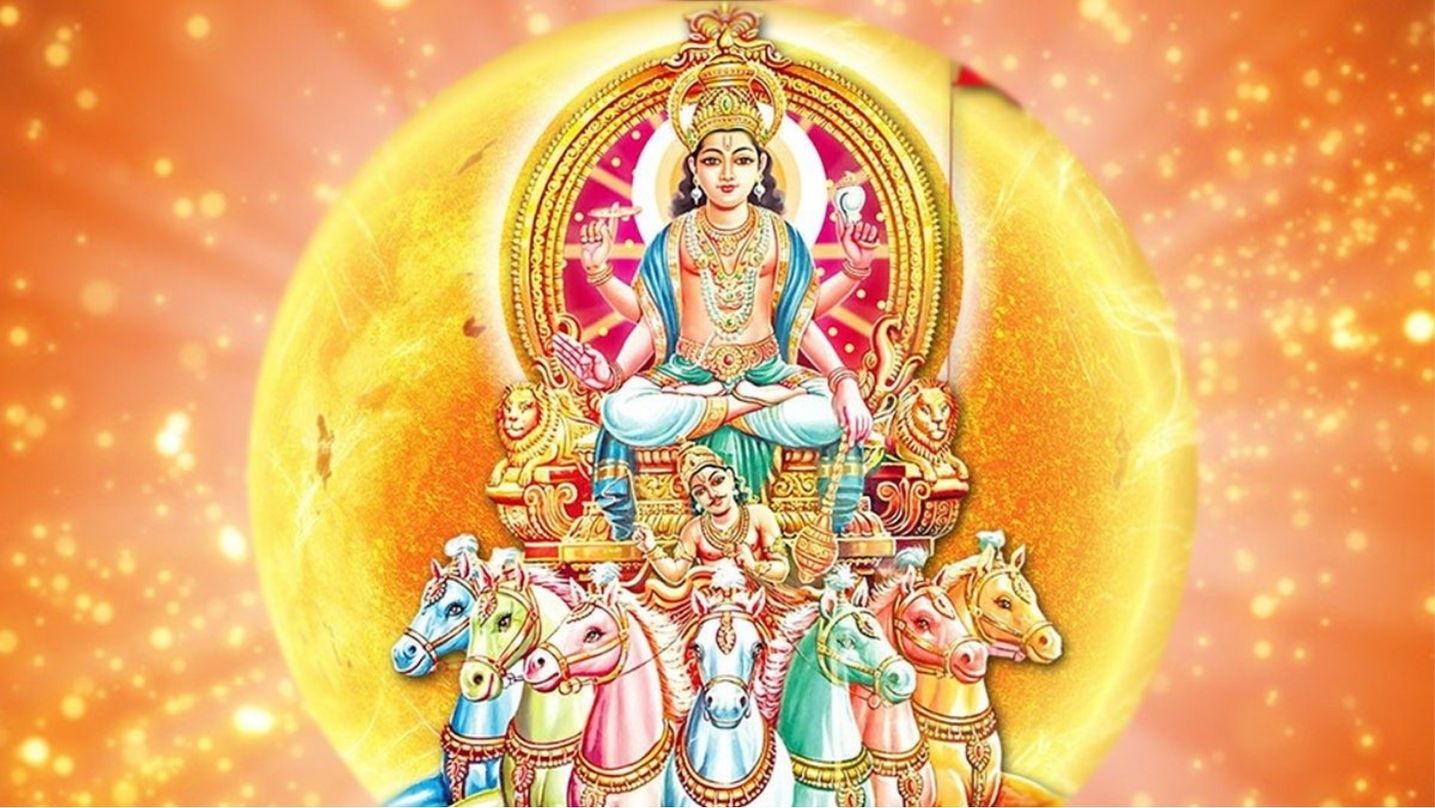
In our culture, Lord Surya is respected highly for his ability to dispel darkness. Lord Surya carries a lotus (which is a symbol of life) in one arm, a sankha (conch or shell) on the other hand, a chakra (a discus) on the third, and a Gadha (a mace) in his fourth arm. He travels on a beautiful chariot drawn by seven horses. These seven horses represent the seven colours of the light (our ancestors knew about the concept of Vibgyor aeons ago).
Aruna is the charioteer of Lord Surya. He is the son of Rishi Kashyap and Vinata. He was born without his thighs (legless). He is red in colour. Garuda - the mount of Lord Vishnu is his brother. He has two sons - the birds mentioned in Ramayana - Sampathi and Jatayu.
In our tradition, the Sun represents birth, death, and rebirth. In our culture, the Sun also epitomizes the cyclical nature of life. Our ancestors were advanced and knew about the Sun since ancient times. Many Indian texts have references to Lord Surya.
TEXTS CONTAINING INFORMATION ABOUT THE SUN
During ancient Vedic times, Lord Surya was deeply revered and honoured. The Chandogya Upanishad ( Verse 3.19.1) says ;
ādityo brahmetyādeśastasyopavyākhyānamasadevedamagra āsīt | tatsadāsīttatsamabhavattadāṇḍaṃ niravartata tatsaṃvatsarasya mātrāmaśayata tannirabhidyata te āṇḍakapāle rajataṃ ca suvarṇaṃ cābhavatām || 3.19.1 ||
Meaning: Aditya (sun) is considered the Brahman. It also says that the universe was first non-existent ( it initially did not have a name or form - it existed subtly). Slowly, it manifested like a shoot that came out of a seed. Then, it developed into an egg. After a year in stillness ( or a year), the egg splits into two halves. One half became the silver and the other Gold. In this verse, the Sun is the Brahman. In the absence of the Sun, there would only be darkness prevailing. Thus, it would make us unaware of the presence of Brahman.
Later Verses explain the birth of the sun: Verse 3.19.3 of Chandogya Upanishad says :
atha yattadajāyata so'sāvādityastaṃ jāyamānaṃ ghoṣā ulūlavo'nūdatiṣṭhantsarvāṇi ca bhūtāni sarve ca kāmāstasmāttasyodayaṃ prati pratyāyanaṃ prati ghoṣā ulūlavo'nūttiṣṭhanti sarvāṇi ca bhūtāni sarve ca kāmāḥ || 3.19.3 ||
These lines say; then, the sun was born ( from the egg). Usually, with the birth of a newborn, the house celebrates in jubilation. Similarly, all the beings hailed the appearance of the Sun with joyous and happy sounds. Many desirable things appeared after that. The sunrise and sunset have been synonymous with joyous sounds from all beings since the sun was born.
The descendants of the Sun belong to the Solar Dynasty. The Valmiki Ramayana mentions about the details of this dynasty. In Chapter/ Sarga 70 of the Bala Kanda (verses 1.70.19b onwards till the end of the sarga) the lineage of Suya Vamsa is revealed. In ancient times, it was a custom to enquire about the lineage of the bridegroom before getting married. (nowadays, this custom has diminished to three generations).
Sage Vishvamitra assents to reveal King Dasharatha’s lineage, and Sage Vashista narrates the bloodline to King Janaka and his brother. Sage Vashista says that from the timeless Lord Brahma, Mariichi was born (Mind-born son). Rishi Kashyapa, one of the Saptarishis, was born to Mariichi. Lord Surya was born to Rishi Kashyap and Aditi. Manu is the son of Surya and the father of humans. Ikshvaaku was born to Manu. He became the first king of Ayodhya. The Sarga concludes that King Aja is the father of ( the present king) King Dasharatha, whose children were Rama and Lakshmana present in front of them. Hence, Lord Rama is a descendant of the Sun / Solar dynasty.
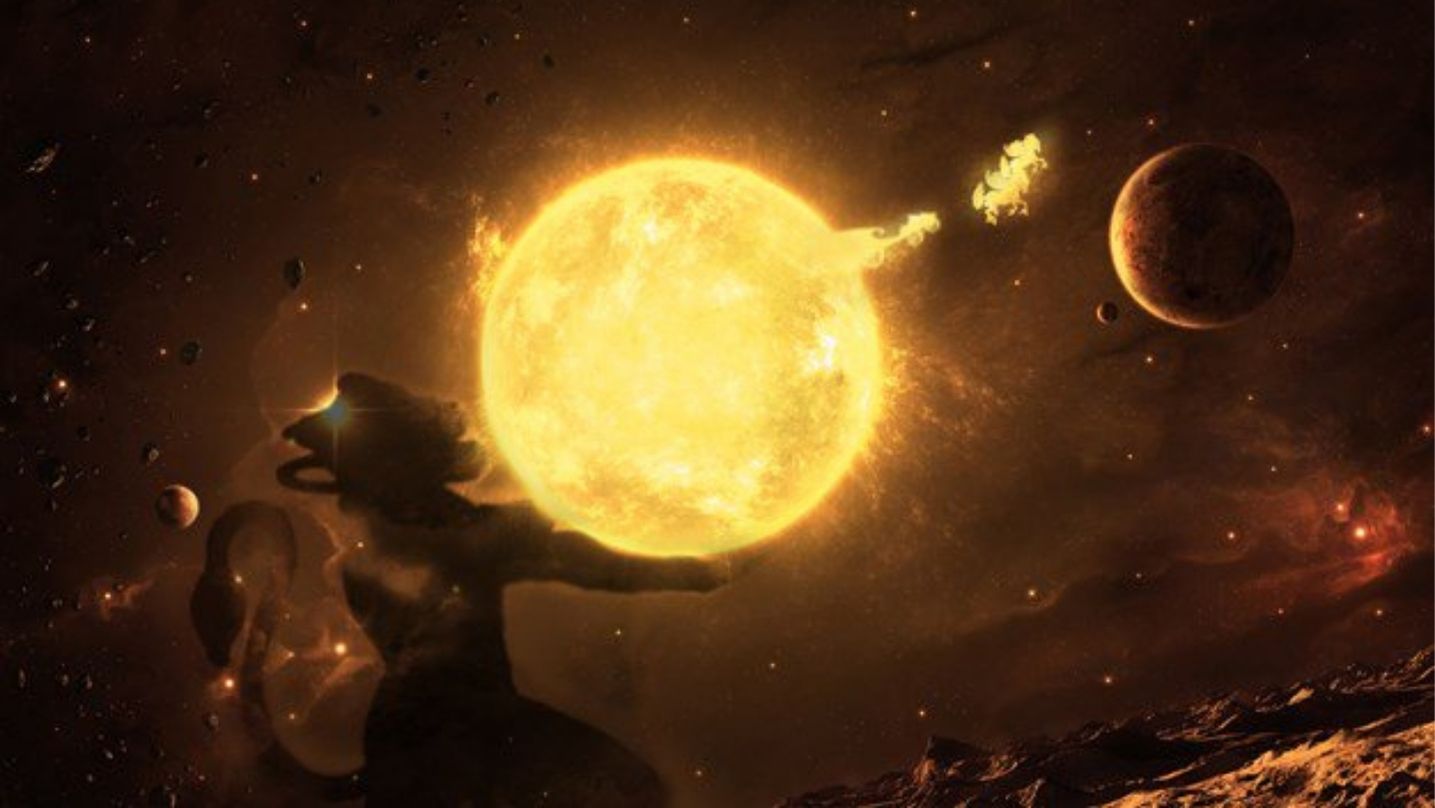
Lord Hanuman is an ardent devotee of Lord Rama. People of Bharat admire him for his devotion and faith. The famous poet and saint Thulsidas ( author of Ramacharitamanas) composed the Hanuman Chalisa praising Lord Hanuman. In his composition, he mentions the distance between the Sun and Earth. A line from Hanuman Chalisa goes;
Yuga Sahasra yojana para bhanu
Leelyo tahi madhura phala janu
Here, the words - Yuga Sahasra Yojan tells the distance between the Sun and the earth. Yuga denotes the age of time ( There are four Yugas, and they are cyclic in nature. Each Yuga lasts for 12,000 Divine years. which is 4,320,000 years in human years. Currently, it is the Kali Yuga which started in 3102 BCE). Sahasra is 1000 in Vedic measurements. Yojana is the measure of distance used in ancient times in Bharat. 1 Yojana = 12.8 kms. When we substitute these words into figures, we arrive at the distance between the Sun and the Earth.
Yuga Sahasra Yojana = 12,000 X 1000 X12.8 = 153,600,000 Kms.
We all know the story of Lord Hanuman. He swallowed up the warm glowing Sun, thinking it to be a fruit. This story finds mention in these lines. The distance Lord Hanuman jumped was as words in the sloka. Modern-day space scientists say the Earth is roughly 150 million km from the Sun.
Aditya Hridayam is a famous devotional hymn on Lord Surya. Aditya ( in Sanskrit) refers to the Son of Aditi - Surya Bhagavan. Hridayam is a Sanskrit word meaning heart. This Hymn praises Lord Surya as the ultimate source of energy and the dispeller of darkness. He is regarded as the very heart of the universe.
The great sage Agastya recited the Aditya Hridayam Stotram to Lord Rama. Valmiki’s Ramayana, Yuddha Khandam (Book VI), Canto 107. Under the Chapter heading Adityahridayopadesham, Sage Agastya joins the Devas in watching the epic battle between Lord Rama and Ravana. The great sage Agastya keenly observes them fight. He approaches Lord Rama. The sage says that both the Devas and Asuras bow down to the Sun and explains the greatness of Surya Bhagavan ( as an embodiment of a nourisher, sustainer and source of heat and light). He asked Lord Rama to chant the Adithya Hridayam Stotram. He advised that it would help Rama in winning over the enemies. Lord Rama heeds Rishi Agastya’s advice and defeats Ravana in the battle.
Book 2 - chapter 8 of The Vishnu Purana (One of the primary sacred texts of the Vaishnava Tradition) talks in detail about the Sun, his chariot and his horses.
Rig Veda 5.45.9 says :
ā sūryo yātu saptāśvaḥ kṣetraṃ yad asyorviyā dīrghayāthe | raghuḥ śyenaḥ patayad andho acchā yuvā kavir dīdayad goṣu gacchan ||
These lines talk about Lord Surya as the Lord of seven horses. How swiftly he travels to reach his goal. He is ever young and far-seeing. He shines and moves amidst rays of light.
WORSHIPING LORD SURYA
India celebrates many vibrant festivals. Some of them are dedicated to Lord Surya. The Chhat Puja is an important festival observed for Lord Surya. The devotees fast and offer prayers to the Sun for sustaining life on earth. This festival is celebrated primarily in Bihar and Jharkhand. Some parts of Gujarat, Uttar Pradesh and Nepal also celebrate this festival. Devotees offer prayers at rivers, ponds or ghats during sunrise and sunset and offer prasad.
Another major festival celebrated throughout Bharat is the Makara Sankranti or Pongal ( also known as Bihu or Kicheri). People observe and celebrate the transitioning of the Sun into the Makaram (Capricorn). People dance, fly kites and prepare sweets to celebrate.
Some devotees of Lord Surya do not wait for a festival to arrive to offer their respects. They pray to him every morning, offering water (during sunrise). This practice (of offering water) to the Sun God is called Surya Arghya.
The devotees wake up before sunrise. They bathe and wear fresh clothes. They take a pinch of vermillion or flowers and put them into a small copper pot filled with water. They stand in front of the Rising Sun facing East. They offer the water from the pot, pouring it slowly onto the ground while chanting the Gayatri mantra or any other mantra for Surya Bhagavan. Finally, they bow down to him. Performing Surya Arghya gives the devotee mental and physical calmness and health.
TEMPLES DEDICATED TO LORD SURYA
Since ancient times, many cultures around the world have worshipped the Sun. The Greeks worshipped him as Helios, the Romans worshipped him as Sol Invictus, and the Egyptians worshipped him as Ra. These ancient civilisations prayed to their version of the Sun God. In every culture, they had stories and sculptures associated with the Sun. But, due to the passage of time and various other reasons, they lost their culture. They stopped believing in their cultural stories, thus straying away from their faith and culture in the long run.
In Bharat, even after all these years of plunder, conversions and rule, Surya Bhagavan is still revered as God. The Indian culture is living and breathing. Many temples were built by our ancestors ( kings of different dynasties) honouring Lord Surya. Some of them have been destroyed due to invasions. But still, these temples are dear to the people following Sanathana Dharma.
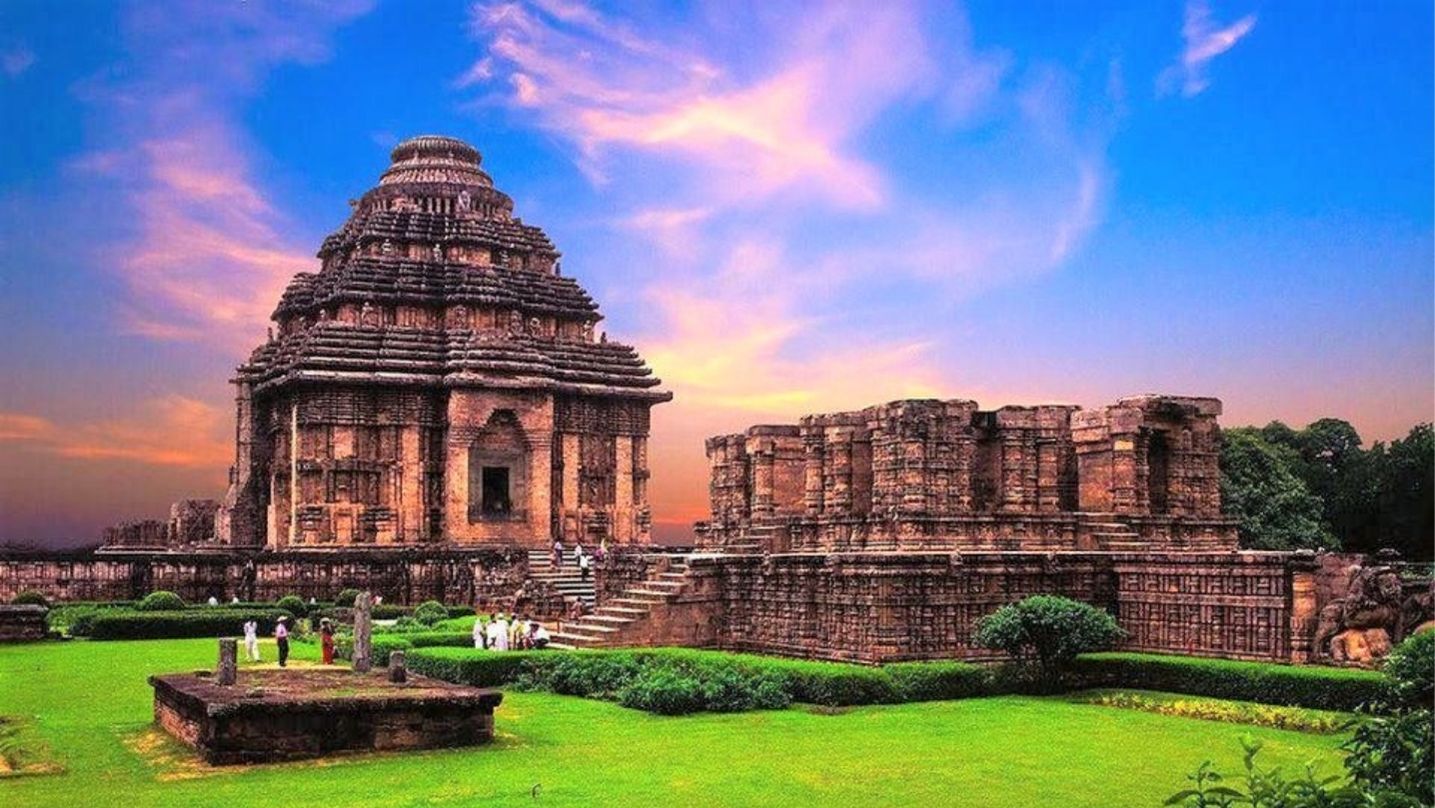
The well-known temple for Lord Surya is the Konark Sun Temple. This temple is a World Heritage site. It is located in Odisha. It is the grandest and the most famous Sun Temple of Bharat. King Narasimhadeva I of the Ganga dynasty built the temple in 1250 AD. This temple was constructed in the Kalinga style of architecture in the form of a chariot. This stone chariot is mounted on 24 wheels and drawn by seven horses. These wheels act as sundials and tell time accurately. However, the main temple tower that had once enshrined the deity has fallen. Hence, no active worship takes place here. The remains of this beautiful temple are exquisite, with intricate sculptures.
Modera Sun Temple in Gujarat is another exquisite temple dedicated to Lord Surya. King Bhima of the Chalukya dynasty built this temple. No active worship takes place here as the temple is now in ruins. This temple boasts of an ingeniously designed sanctum Santorum. The first rays of the sun would always fall on the deity during the summer equinox. The temple complex had a beautiful Kund ( a water tank). The steps of this kund are pyramid-shaped, forming beautiful geometric patterns. The steps lead to the bottom of the tank. The pillars and the structure that still stands have intricate carvings of Gods and Goddesses on them.
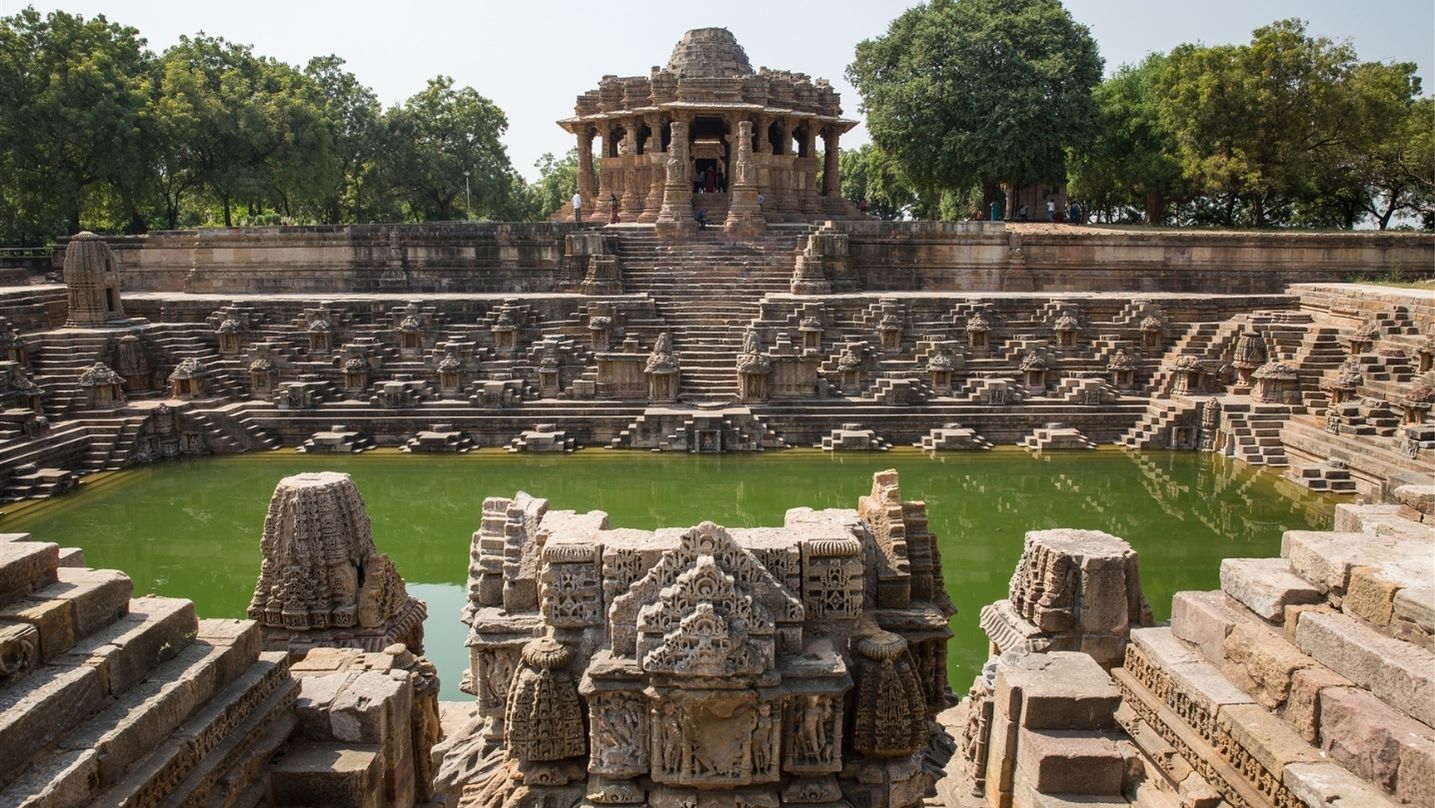
The Suryanar Kovil, situated near Kumbakonam, is a temple dedicated to Lord Surya. King Kullothunga Cholan ( during the 11th century) constructed this temple in the Dravidian style of architecture during his reign. The temple legend says that the sage Kalava had many ailments (apart from) leprosy. He prayed to the Navagrahas. The Navagrahas ( planets) were pleased. They cured him of all his ailments. This granting of wish angered Brahma. He cursed the Navagrahas to stay on earth, in a place called Velluruku Vanam ( white wildflower forest). The Navagrahas, to get themselves rid of the curse, prayed to Lord Shiva. Lord Shiva appeared and relieved them of their curse. This temple is the only place where separate shrines for each Navagraha are found.
Sri Surya Pahar temple in Assam is a significant temple dedicated to Lord Surya. The ASI protects the temple site. It has great archaeological importance, but this temple is not well known. The site is famous for terracotta and rock-cut sculptures depicting Deities of Hinduism, Buddhism and Jainism. Archaeologists have also discovered several Shiva Lingas (of varying sizes) scattered around the hills. A carved stone was found at this site called Surya Chakra. Sri Surya Temple presently houses this stone slab. It is a portion of the ceiling of the Old Surya Temple that got detached. A circular table with 12 images of the sun God in a circle along with his father, Rishi Kashyap, was also found at the site.
The Bhramanya Dev Temple is dedicated to Lord Surya. It is situated in Unao in Madhya Pradesh. Here, the Sun God stands on a brick platform covered in black plates. The 21 phases of the Sun are engraved in this shrine. Sunday is usually crowded as many people who are suffering from blindness, leprosy and other skin slimness visit this temple.
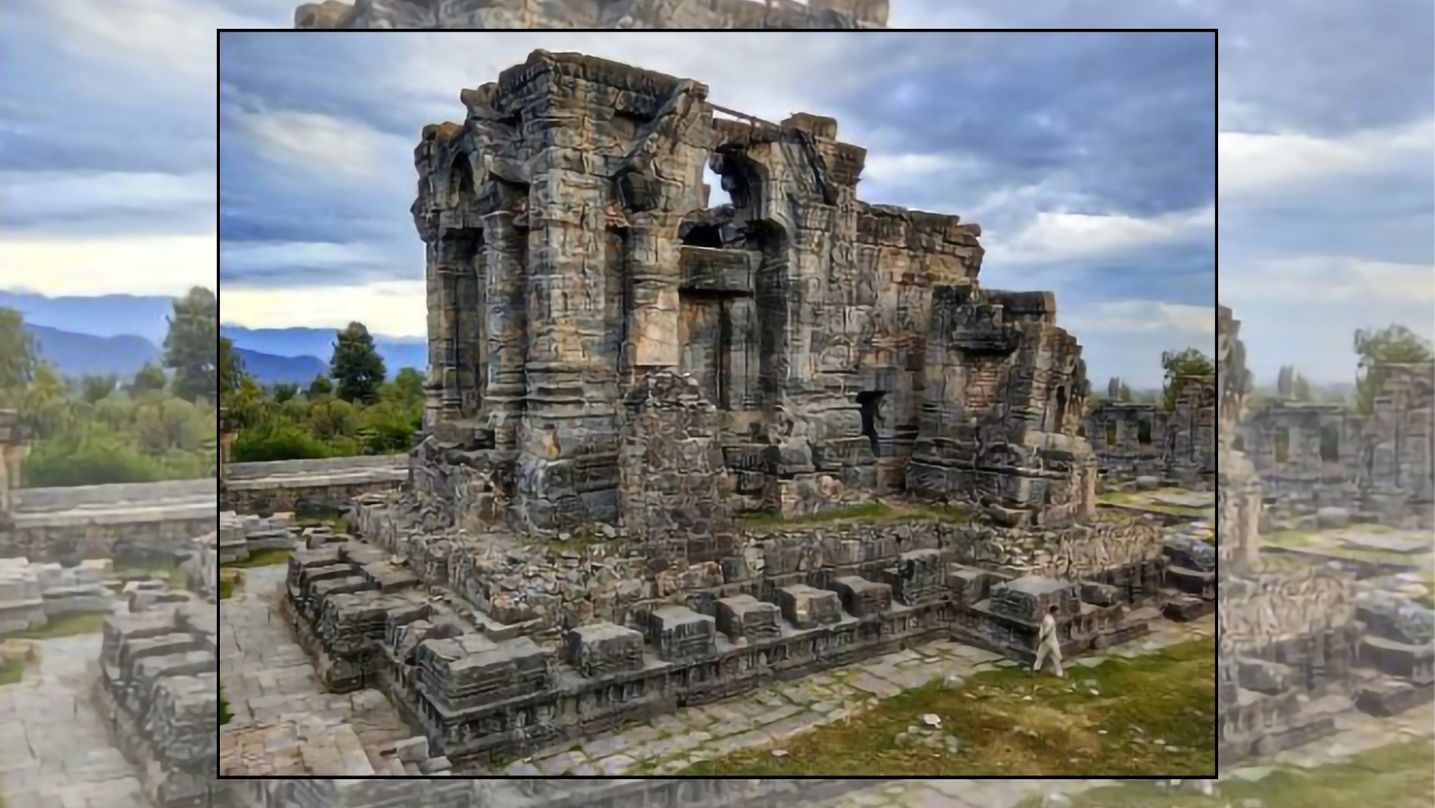
The Martand Sun Temple of Jammu is in Anantnag valley. King Lalitaditya Muktapida ( of the Karkota Dynasty) built this temple. This temple is dedicated to Lord Surya. The temple is on a plateau with a panoramic view of the Kashmir valley. Although it is in ruins now, remains an impressive sight.
The people of Bharat still have faith in their Surya Bhagavan and visit/undertake pilgrimages to these ancient Sun temples. They also take holy dips in the sacred tanks/rivers connected to the Temples. They believe these powerful temples offer cures for people suffering from ailments like leprosy and skin disorders. Sunday is the special day to offer prayers to Lord Surya. Hence, people throng these places on Sundays.
Many such temples have either been ( dedicated to Lord Surya) destroyed, defaced or have fallen prey to the tides of time. It only makes one wonder deeply about the magnificence of our culture and the sheer number of temples that would have existed in ancient times!
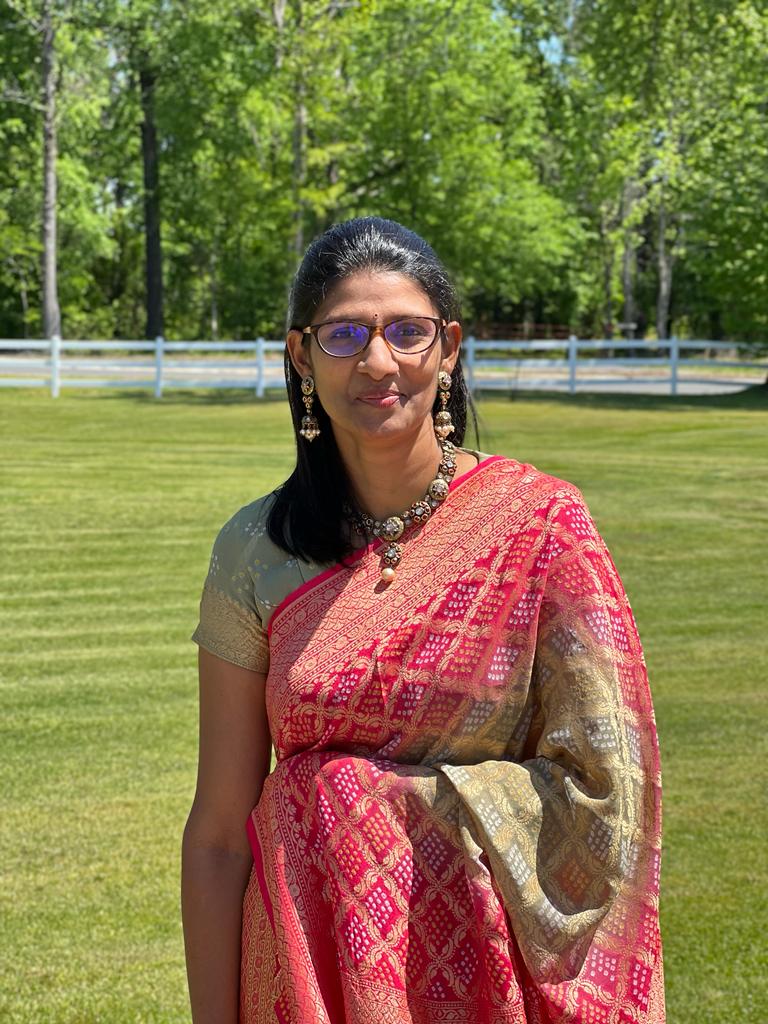 Vaishnavi Gurusankar is a passionate educator, a wife and a mother. She has over a decade of experience as an educator and has been closely working with teachers and children of all ages. She is also an active parenting blogger and founder of Magical Unicorn, an exclusive parenting blog founded on Indian ethos, values and stories at its core. She has also authored the book "Bharatyam : Science behind Hindu Practices & Way of Life"
Vaishnavi Gurusankar is a passionate educator, a wife and a mother. She has over a decade of experience as an educator and has been closely working with teachers and children of all ages. She is also an active parenting blogger and founder of Magical Unicorn, an exclusive parenting blog founded on Indian ethos, values and stories at its core. She has also authored the book "Bharatyam : Science behind Hindu Practices & Way of Life"
NEXT ARTICLE

At the southernmost tip of this mesmerising ensemble lies the majestic Great Nicobar Island, boasting an impressive landmass of about 910 square kilom...

Bharath has always been a land traversed by spiritual masters/ Guru since time immemorial. These spiritual masters have always upheld the core princip...

South India contains its fair share of unique pilgrimage centres. These divine places of worship have a prominent Sthala Purana, devoted followers, di...